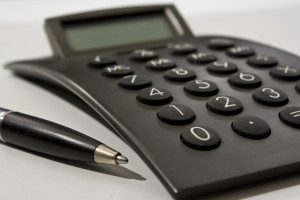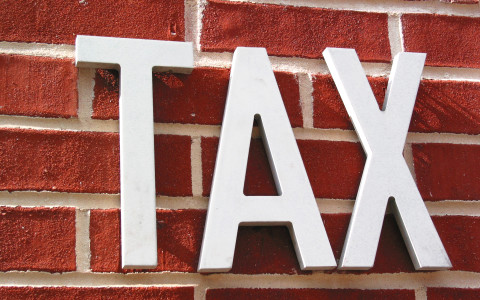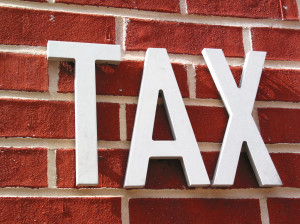 A successful wealth strategy not only builds your wealth, it also protects your wealth. There are several wealth protection tools I see under-utilized in a wealth strategy. Are you using these tools effectively?
A successful wealth strategy not only builds your wealth, it also protects your wealth. There are several wealth protection tools I see under-utilized in a wealth strategy. Are you using these tools effectively?
Tool #1: A Tax Strategy
Building wealth is not about what you make, but what you keep. The average taxpayer spends 2.5 hours a day working to pay their taxes. Without a tax strategy, taxes can easily drain a person’s wealth and their ability to build wealth.
A tax strategy that legally reduces your taxes protects your wealth by keeping more of it in your pocket. And, a properly designed tax strategy will protect your tax savings by having you well-prepared for an audit.
Tool #2: Estate Planning
It’s a shame to see someone build incredible wealth during their lifetime only to see it diminish when they die due to poor estate planning. The hits to a person’s wealth can come from many different directions: estate taxes, probate fees, attorney fees and assets not being passed how they were intended (just to name a few).
The good news here is that basic estate planning can add a great level of protection to one’s wealth.
Tool #3: Reporting
If you hate reporting, then odds are you are not getting the right reports.
Reporting should report the activity YOU want. There are no specific rules that must be followed – it is based on facts, figures or data you want to help you make decisions to grow your business and your wealth.
The right reports tell you when you need to take action in your wealth strategy. Taking action at the right time protects your wealth. For example, if your reporting indicates that the cash flow from your business is on a downward trend, you can protect your business (and wealth) by addressing the issue immediately. Waiting too long, or not acting at all because you don’t have the reporting to tell you there’s an issue, could be detrimental to your business.
Tool #4: The Right Team Members
Every team member should be pushing your wealth strategy forward and not keeping it from moving forward.
Are your team members deal-makers or deal-breakers?
Do your team members start their responses with “Here’s how you can do that?” or “You can’t do that?”
The right team members protect your wealth by enabling you to leverage their expertise into your wealth strategy to move your wealth building forward while avoiding costly mistakes and distractions.
Tool #5: Agreements
When you hire an attorney, you usually sign a letter agreeing to certain terms. Or, if you have a partnership, you probably have a partnership agreement with your partner.
These agreements protect your wealth if your relationship goes south. The most important time to have your agreements in place is before things go bad; if you wait until things go bad, your wealth is not protected.
Think about the people you interact with in your business or investing. What types of agreements do you have with them? Are expectations clear on both sides?
I find most people are investing and running their businesses without the proper agreements in place.
Protect Your Wealth
Many people are anxious to start building their wealth right away – so much so that they rush out and jump right into an investment. I love this enthusiasm. I like to redirect that enthusiasm into creating the wealth strategy first. A properly built foundation can save years and years when it comes to building wealth.







